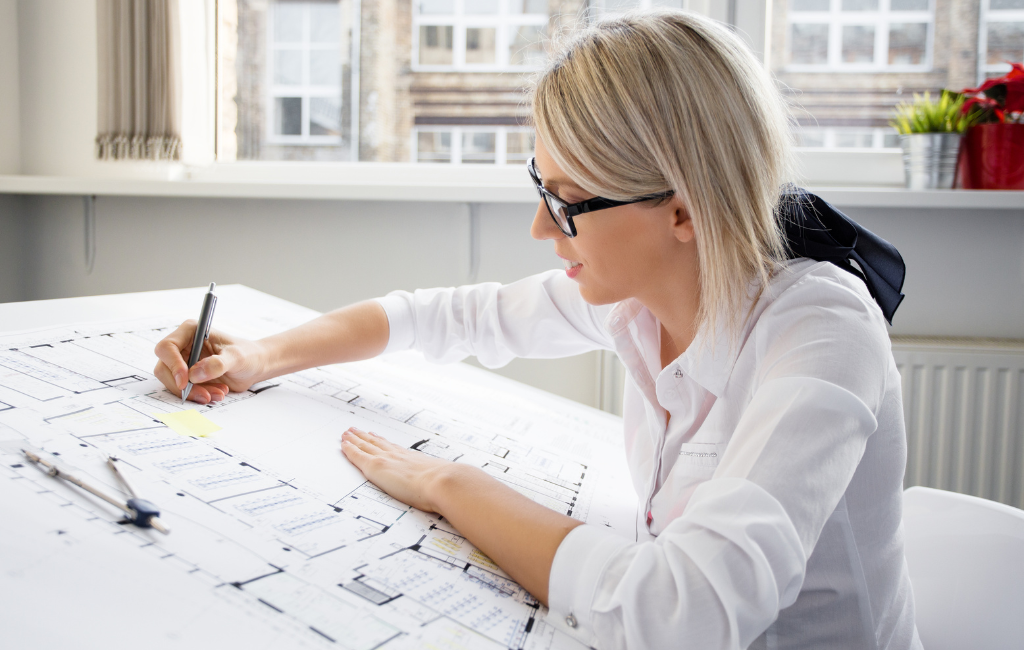Architect Designs

Architect Designs for Efficient Spaces
In the modern era, the demand for efficient spaces has never been higher. With urban areas becoming more populated, the need for smart, functional, and aesthetically pleasing designs is paramount. Architects are continually innovating to create spaces that maximize utility without compromising on style. This article explores various strategies and examples of efficient space design.
Understanding Efficient Space Design
Efficient space design focuses on optimizing the use of available space to meet the needs of its occupants. This involves careful planning, innovative solutions, and a deep understanding of the users’ requirements. The goal is to create environments that are both functional and comfortable.
Key Principles of Efficient Space Design
- Flexibility: Spaces should be adaptable to different uses and needs.
- Functionality: Every element should serve a purpose.
- Minimalism: Avoiding clutter to create a sense of openness.
- Sustainability: Using eco-friendly materials and energy-efficient systems.
Innovative Strategies in Space Design
Architects employ various strategies to achieve efficient space design. These strategies often involve creative thinking and the use of advanced technology.
Open Floor Plans
Open floor plans are a popular choice for both residential and commercial spaces. By eliminating unnecessary walls, these designs create a sense of spaciousness and allow for more flexible use of the area. For example, a living room can easily transition into a dining area or a workspace.
Multi-Functional Furniture
Multi-functional furniture is another key element in efficient space design. Items such as sofa beds, foldable tables, and storage ottomans serve multiple purposes, reducing the need for additional furniture and saving space.
Vertical Space Utilization
Utilizing vertical space is an effective way to maximize efficiency. This can include tall shelving units, lofted beds, and wall-mounted storage solutions. By thinking vertically, architects can make the most of limited floor space.
Case Studies of Efficient Space Design
Several real-world examples highlight the success of efficient space design. These case studies demonstrate how innovative thinking can transform small or awkward spaces into functional and beautiful environments.
Micro-Apartments in New York City
New York City is known for its high population density and limited living space. Micro-apartments, typically ranging from 250 to 400 square feet, have become a popular solution. These units often feature built-in storage, foldable furniture, and open floor plans to maximize the available space. A notable example is the Carmel Place development, which offers compact yet comfortable living spaces.
Small Office Spaces in Tokyo
Tokyo’s business districts face similar challenges with space constraints. Architects have designed small office spaces that incorporate modular furniture, movable walls, and efficient lighting solutions. These designs not only save space but also create a dynamic and adaptable work environment.
Eco-Friendly Homes in Scandinavia
Scandinavian countries are known for their commitment to sustainability and efficient design. Eco-friendly homes in this region often feature energy-efficient systems, natural materials, and minimalist aesthetics. The Vipp Shelter in Denmark is a prime example, offering a compact yet luxurious living experience with a strong focus on sustainability.
Statistics on Space Efficiency
Statistics provide valuable insights into the impact of efficient space design. According to a study by the American Institute of Architects, buildings designed with efficiency in mind can reduce energy consumption by up to 30%. Additionally, a survey by the National Association of Home Builders found that 60% of homebuyers prioritize functional space over size.
Conclusion
Efficient space design is a critical aspect of modern architecture. By focusing on flexibility, functionality, minimalism, and sustainability, architects can create spaces that meet the needs of today’s urban populations. Through innovative strategies and real-world examples, it is clear that efficient space design not only enhances the usability of a space but also contributes to a more sustainable and enjoyable living environment.
